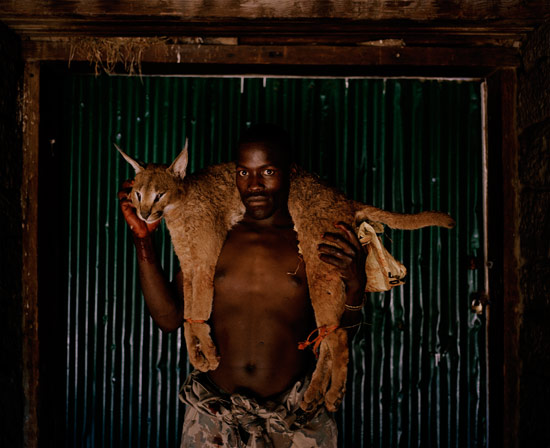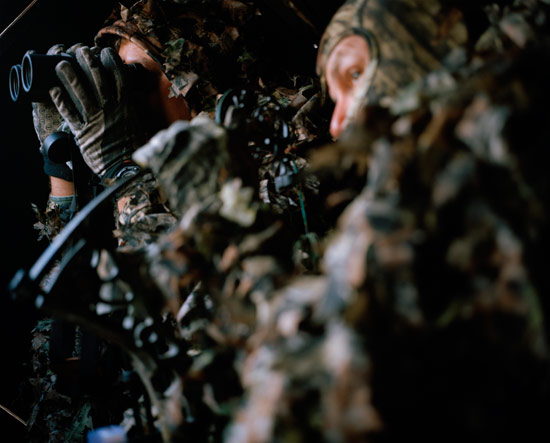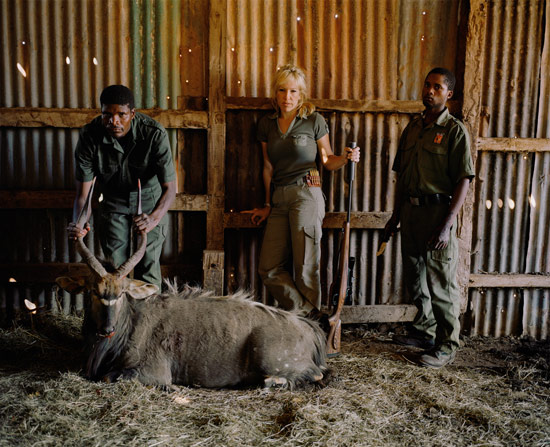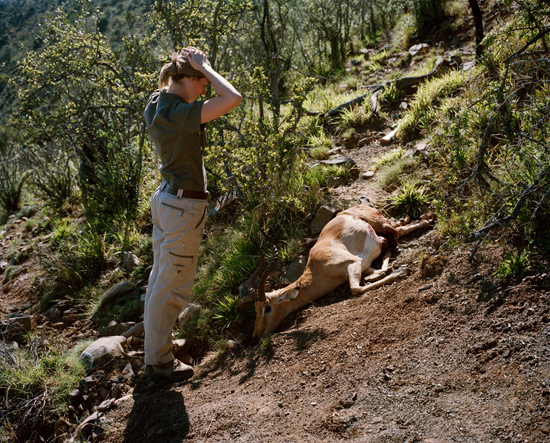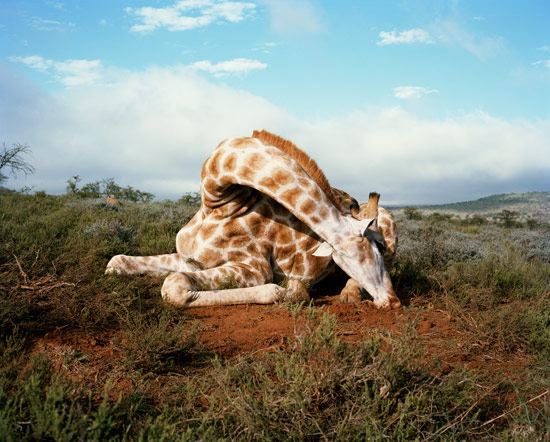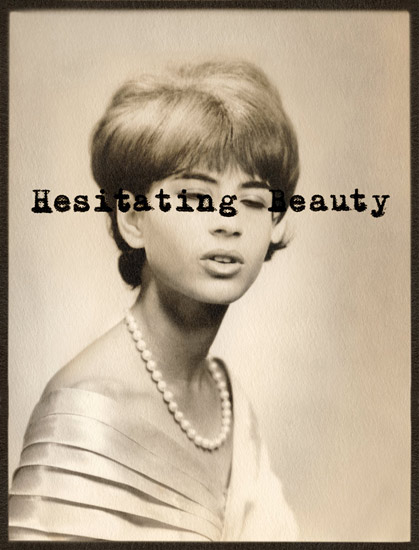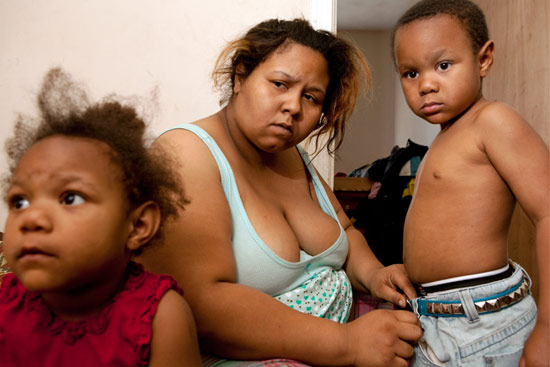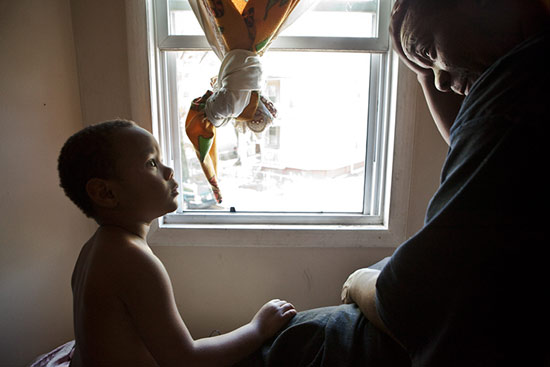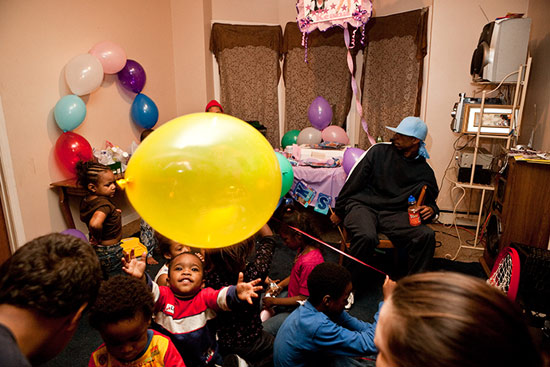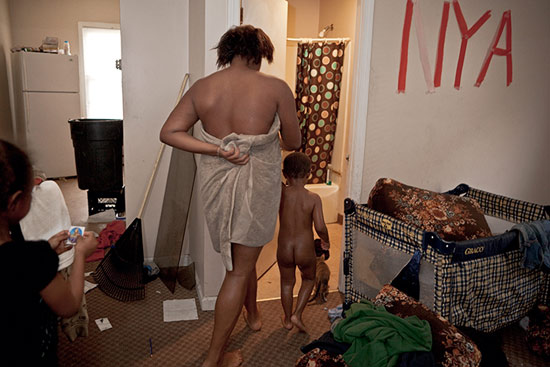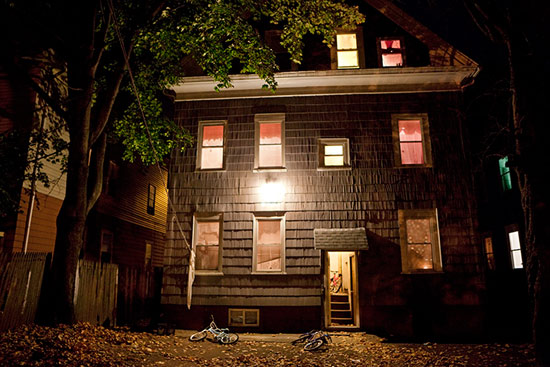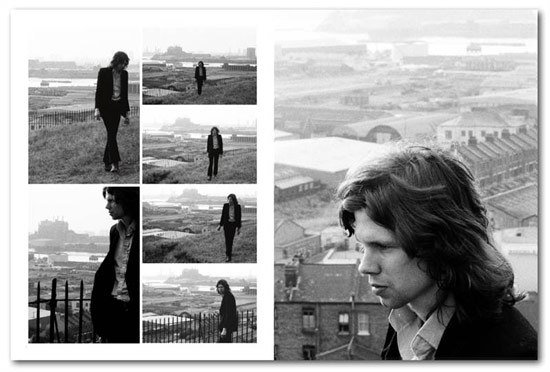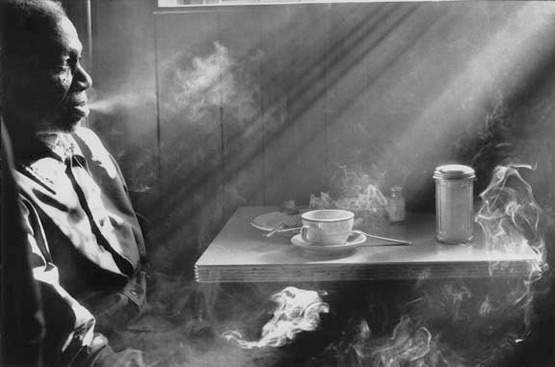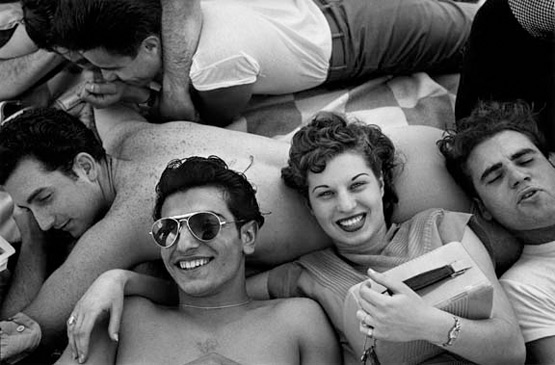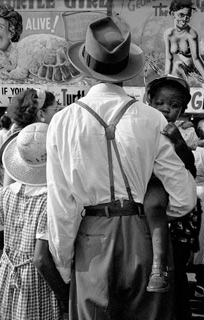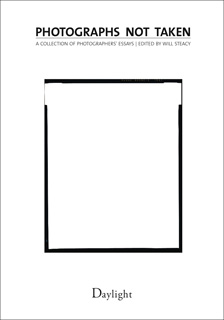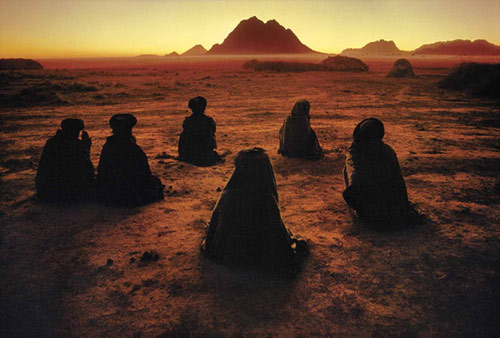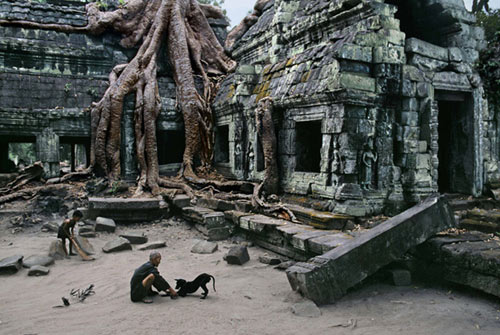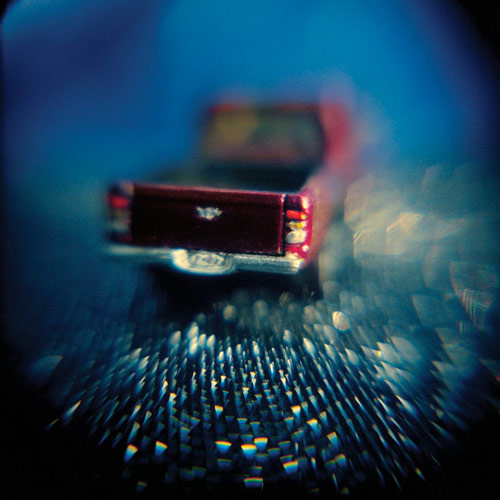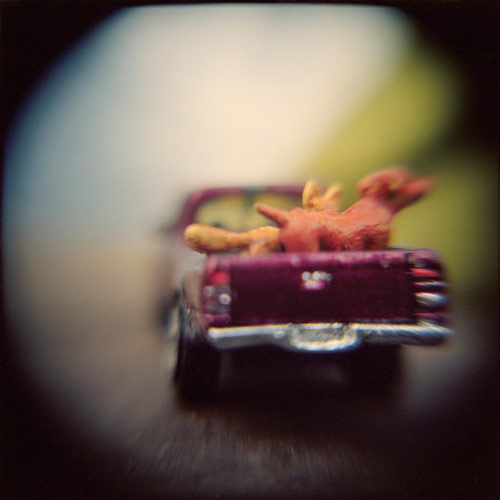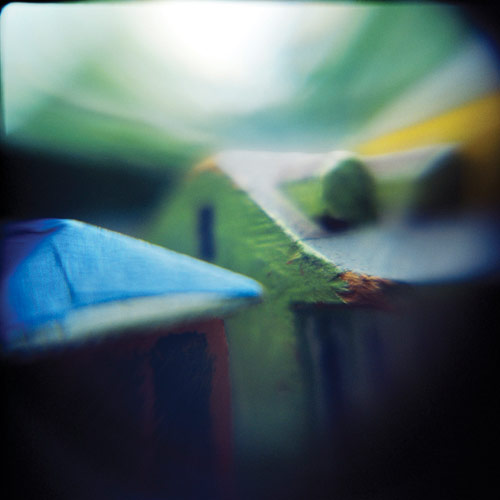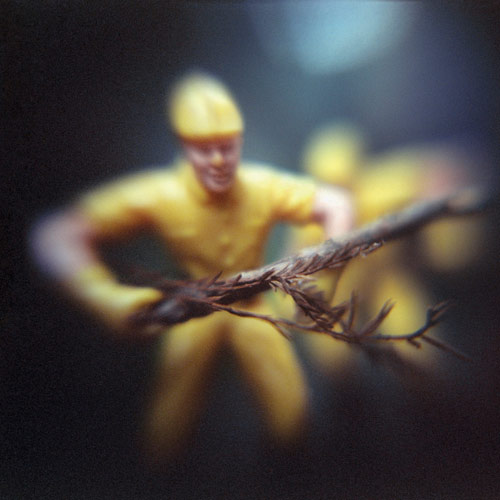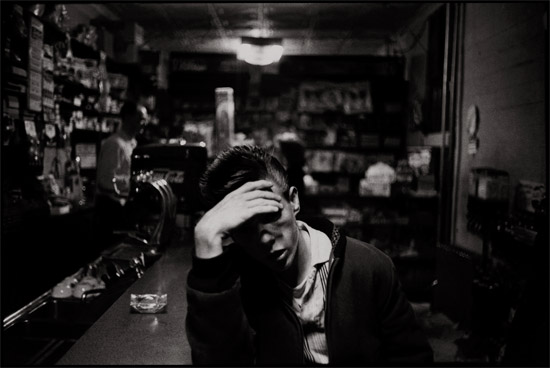
Bengie inside the candy store © Bruce Davidson, courtesy Seven Stories Press
"Bobby's Book," (Seven Stories Press, 2012) is about the life of Bob Powers (aka Bengie), a skinny, asthmatic kid born into a large Irish family in Brooklyn in the early 1940s. Bob tells his graphic tales of growing up dirt poor to alcoholic parents; about the Catholic school that overlooked him; becoming a drug addict; marriages, kids; making millions from meth, hitting the bottom and climbing up clean to become a drugs counselor.
Bruce Davidson met Bob and his gang in 1959 and began photographing them where they hung out making major trouble in South Brooklyn. Forty years after Davidson finished that project, he received a phone call from Powers, and ultimately, over the next ten years, Powers told his story to Bruce's wife, the adorable and brilliant Emily Haas Davidson.
This book is an easy and extremely engaging read (I knocked it off in a couple of hours) even if the subject matter is sometimes tough going. Bob's redemption in his own eyes, and of those family members willing to forgive him, however, is entirely uplifting and in a perfect ending, his ability to help others escape their own entrapment is truly heartening.
Bruce Davidson is, well, Bruce Davidson.
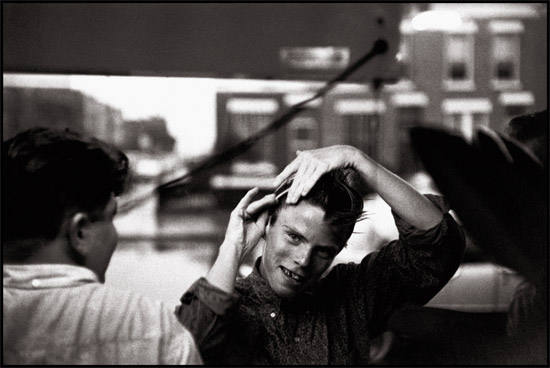
Bengie combing his hair outside the candy store

Under the boardwalk at Bay Twenty-two. Left to right: Norman, Junior, Willie, Henry
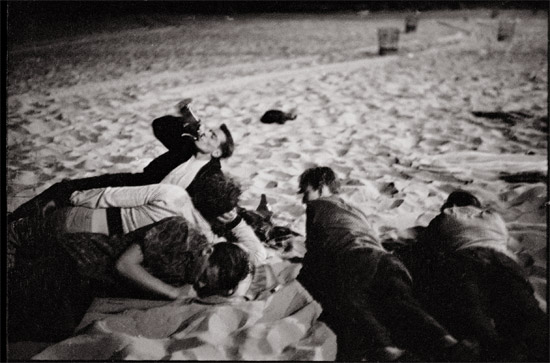
On the beach at Coney Island
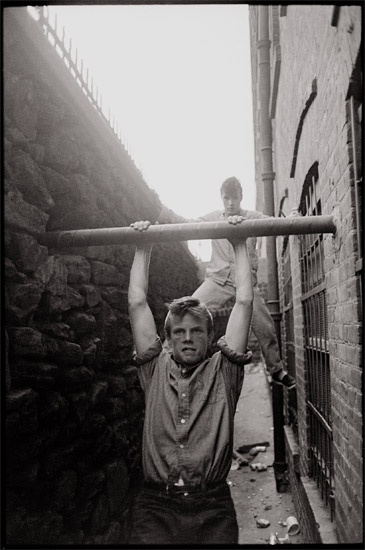
Bengie in "the hole" at Eighteenth Street and Eighth Avenue

Bengie's mother, Mary "May," across from the Holy Name church on Prospect Avenue
All images © Bruce Davidson, courtesy of Seven Stories Press.

